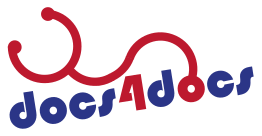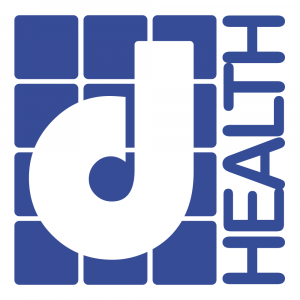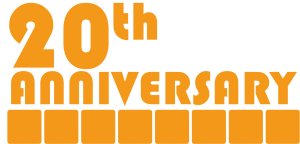DHS 1.5 - Telemedicine for Follow up of Cardiac Implantable Electronic Devices in Austria and Europe 
Wednesday, May 29th 2019, 13:30-15:00
This session discusses the benefits and experiences to be gained from telemedical follow up of cardiac implantable electronic devices from the medical as well as hospital perspective. It will also discuss how far the existing systems are away from providing telemedical functions, which use cases are targeted, and what still needs to be done to establish the method on a larger scale. Standards based methods for sharing the implant data are available from IHE, HL7, PCHA and other sources. Also, within the EU CEF Digital Service Infrastructure eHealth, many components are available that also support to share implant data. Work is ongoing in Austria and Europe to harmonise the data flows accordingly. The session will discuss the current status, and perspectives for patients, cardiologists, hospitals, health system managers and administrators, as well as insurers and payers.
Michael Gruska
Austrian Medical Association
The province of styria with KAGes as hospital operator are somehow "pacemakers" in the use of telemedicine for patients - with a focus on chronically ill patients: First province with ELGA (Austrian health care record), with e-medication, an healthcare-portal for patients and HC-providers and - following Tyrol - with telemonitoring for chronic heart disease patients. To better integrate the telemedical functionality and data of cardiac implants from different providers in a comprehensive way for the medical staff will help to further guarantee best possible care for patients with cardiac implants.
Werner Leodolter
KAGes
The HL7 Personal healthcare Monitoring Report (PHMR) has been discussed over the last years as a harmonised document format to share implant data between implant vendors and cardiologists. Many implant vendors already provide implant data encoded with the IEEE / ISO 11073 medical device information models and nomenclatures. Based on this, it seems feasible to further develop the PHMR to enable sharing implant data on larger scales in Europe and internationally. This presentation highlights the available results, and identifies further steps towards applications.
Stefan Sauermann
University of Applied Sciences Technikum Wien
Christoph Schukro
Medical University of Vienna
Stefan Sauermann
University of Applied Sciences Technikum Wien

